Nail fungus (or onychomycosis) is a disease that, according to recent data, affects one in five people in the world. Treatment of nail fungus with folk remedies, as well as prevention of this disease, are very urgent issues, since it can be infected quite easily, for example, simply by walking on the beach, in the pool, in a bath barefoot or trying on someone. other people's shoes, as well as through non-sterile pedicure equipment in the salon. But you can quickly get rid of nail fungus only at the beginning of the development of the disease. An advanced fungus will require treatment, which can last several months and will be accompanied by the mandatory prescription of special medications, that is, it will be carried out using traditional methods.
Home remedies for toenail fungus, unlike chemical agents to combat nail fungus, are practically non-toxic and have no effect on the patient's body.
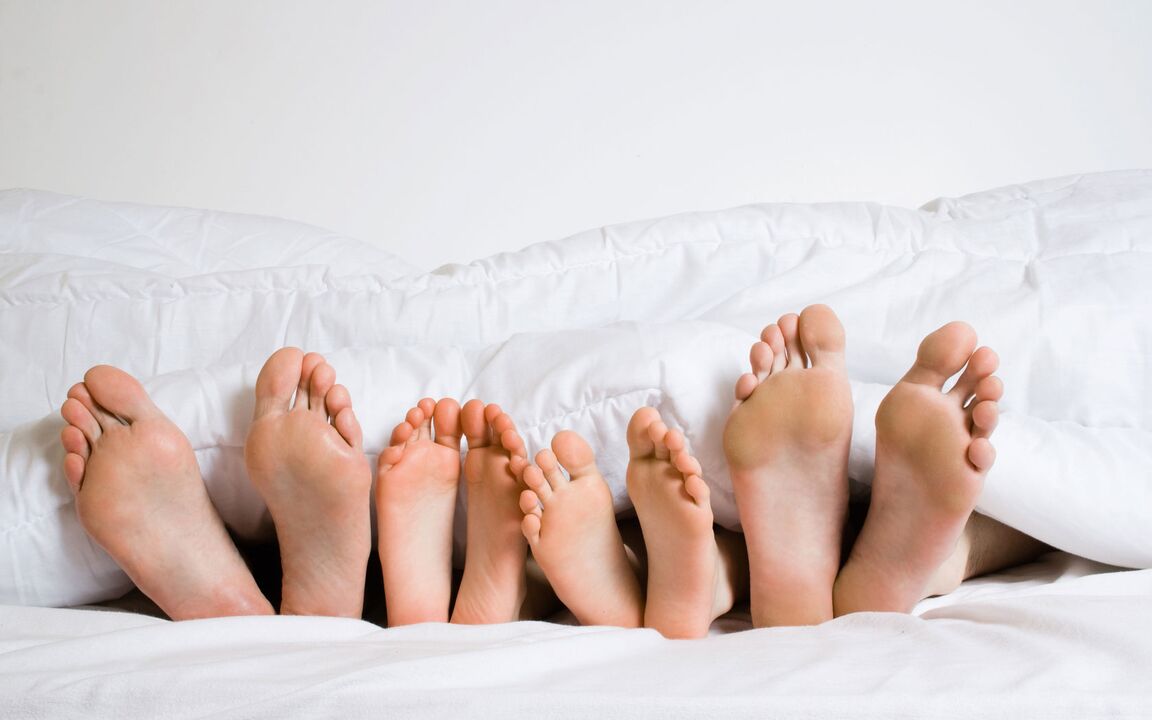
Various types of nail fungus.
- Hypertrophic.It is characterized by a change in the color of the nail plate, loss of shine, thickening of the nail and deformation of the nail. The edges of the plate may be subject to destruction. Most often, the thumb is the first to participate in the process.
- Normotrophic.In this case, the color of the nail also changes, areas appear in the form of dark spots and stripes, however, the thickness of the plate remains the same and its shine is maintained.
- onycholytic(another name is atrophic). This variety is characterized by the detachment of the affected areas of the nail plate, until its complete loss.
- Erased.It is characterized by peeling of the skin on the fingers, there is practically no pain.
- intertriginousa type of foot fungus that is characterized by intense pain. The patient develops redness of the skin of the foot, especially between the toes, followed by peeling.
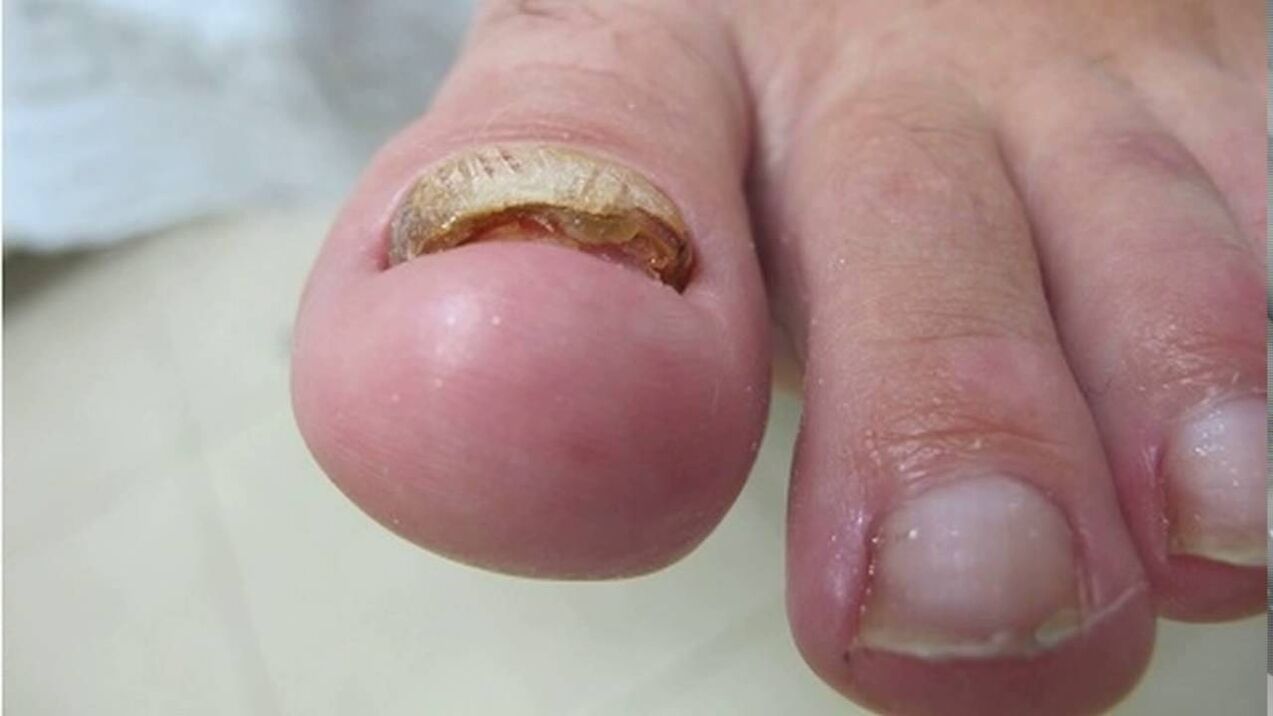
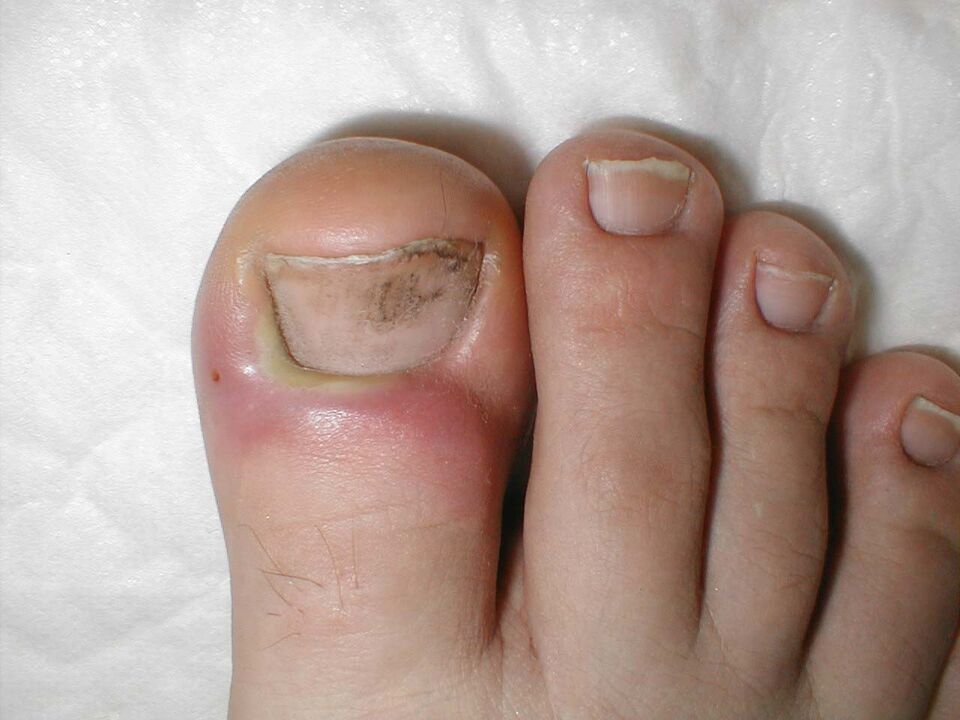
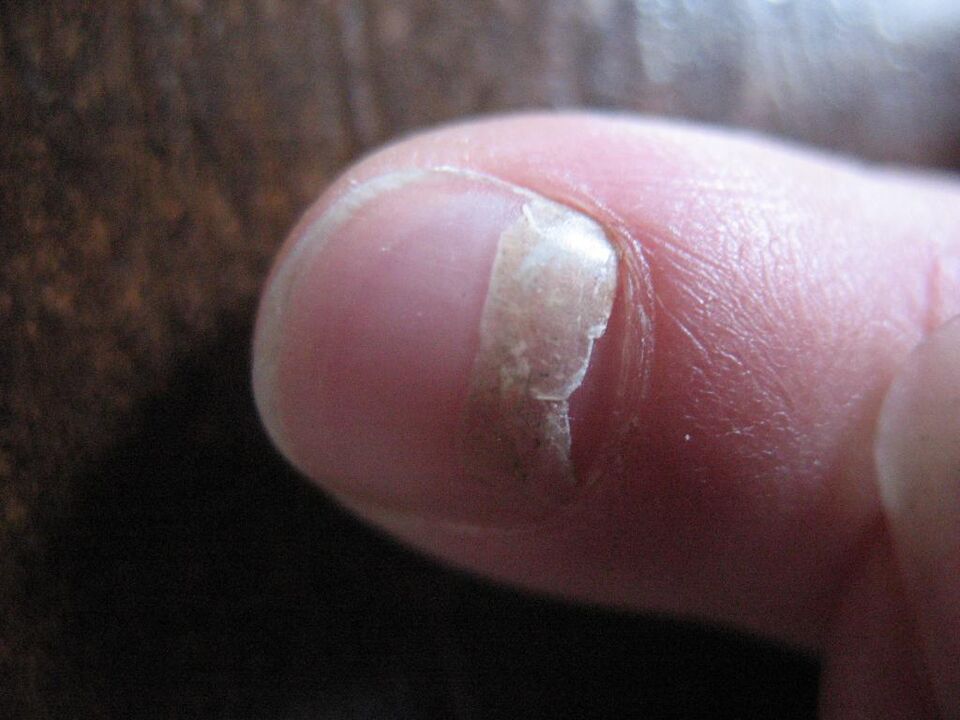
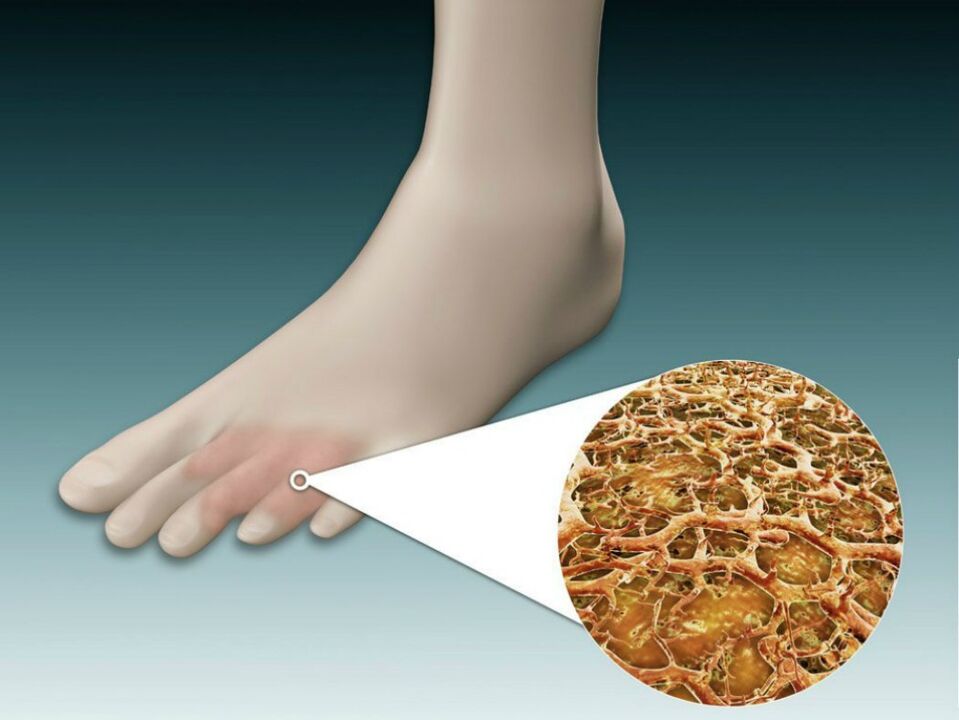
Why does it appear?
For the development of the disease, not only the contact itself is necessary, but also certain conditions. Infection occurs through contact and household methods, mainly due to violation of the general principles of compliance with hygiene standards. An infected person and their personal belongings (as well as objects in public places that they came into contact with) are potentially dangerous in terms of the possibility of transmitting toenail fungus. The disease develops rapidly in people with reduced immunity, as well as in those who neglect personal hygiene and in the presence of other provoking factors. Shoes, towels, washcloths, socks, the floor of common showers, and even beach sand can become a source of infection, but it is not necessary for the person to actually get sick. Nail fungus can be transmitted through transport handrails, money, door handles; However, people suffer from them less frequently, simply because they wash their hands more frequently and the skin on their hands does not rot.
In what cases does the fungus develop?
- Various forms of decrease in the protective properties of the immune system;
- Injuries to the nail bed, nail, skin of the foot;
- The habit of wearing uncomfortable, closed shoes of inappropriate size, made of poorly breathable material;
- Wearing someone else's shoes;
- Violation of the circulatory system, in particular in the lower extremities;
- Increased sweating;
- Higher humidity and temperature;
- Over weight;
- Diabetes;
- Phlebeurism.

Traditional methods of treatment
So, what home remedies can cure toenail fungus?
Toenail fungus has high adaptive properties and incredible vitality. For example, fungal spores inside shoes can remain viable for up to four years and can infect humans. Effective, although sometimes prolonged, treatment with homemade folk remedies for this disease is an alternative option for eliminating nail fungus or can be used as an additional method to traditional drug therapy.
Advice!A toenail affected by onychomycosis can only be cured if the treatment process is organized correctly.
General rules:
- Use disposable files to process or disinfect metal files after use.
- Before treatment, the nail should be steamed, trimmed and the affected parts removed with a file.
- All products are applied to affected areas of the skin and nails, including healthy tissue.
- Socks and bandages should be disinfected by boiling them in water and soda.
- Once every few days, bedding should be washed in a machine at a temperature of 70 to 90 degrees.
Popular recipes against toenail fungus:
- Iodine.Any pharmacy always has a 5% iodine solution in stock. Reviews on the Internet say that it is quite possible to eliminate the fungus with this method. Every day, iodine is applied to the affected areas twice: in the morning and in the evening before going to bed. The procedure is repeated until a healthy nail grows. The best results can be achieved at the initial stage of the disease.
Note!If you think that your skin is still affected by fungus after iodine treatment, you may be wrong, as your condition may be associated with a chemical burn. Use the cream to accelerate the restoration of the epidermis. It is recommended to undergo a control culture at the end of fungal treatment by a dermatologist or mycologist.
- Garlic.Prepare your nails according to the instructions above. Grind the garlic until you obtain a paste and apply it in the form of a cake on the dry affected area. Then put on a finger guard or secure bandage. These dressings are left on overnight and washed off with soap and water in the morning. The course lasts until the symptoms disappear, bandages are applied every two days.
- Onion.The onions are grated and the juice released is applied to the affected area. It is not necessary to clarify the product.
- Onion peel.Another way to cure fungus is to use an oil infusion of onion peels. 2 tablespoons. Spoons of crushed dry raw materials are poured into 3 tablespoons. tablespoons of liquid edible oil. The infusion is kept for 25 days, periodically shaking the container and applying it to the affected areas of the legs. The treatment is applied 3 times a day until recovery.
- Celandine.For some reason, there is practically no information on the forums about how to treat nail fungus with celandine. But this is a very good remedy, used successfully for more than a century. A freshly cut plant secretes orange juice from the site of the break, which is applied to all affected parts of the foot, including healthy tissue. The procedure must be repeated at intervals of 3 to 4 minutes. four times in a row and twice a day, in the afternoon and in the morning. Within 30 days you will definitely see a positive result.
- Potassium permanganate.In the evening, after steaming, wipe your feet with gauze or a cloth soaked in a solution of potassium permanganate in the areas where the fungus lives.
- Medical alcohol.A cotton swab soaked in alcohol is applied to the affected areas and between the fingers for 15 to 20 minutes twice a day for 14 days.
- Sea salt.Baths are recommended in a concentration of 100 grams of salt per 100 ml of water. The course is 20 days.
- Radish.The radish tops are dried and ground into powder. You can use it frequently, pouring it into socks, shoes and spraying the affected areas.
Important!Socks should be cotton and changed daily.
- Treatment with vinegar and eggs.One raw chicken egg is poured into 100 ml. 9% vinegar essence and place in a dark place until the peel dissolves. After this, the film is removed from the egg and mixed with 200 g. melted butter. The resulting ointment is applied to the affected parts of the foot and wrapped in cling film or a plastic bag. Leave overnight. The course is usually 3 weeks.
Note!Do not be afraid of the appearance of an itchy sensation, it will disappear on its own over time.
- Clay.Medicinal pharmaceutical clay is diluted with water to the consistency of thick sour cream and applied to the affected areas in a thick layer. They wrapped it with a linen cloth and, without letting the clay dry completely, they removed it after a while. The skin and nails are washed with water and rubbed with lemon juice or citric acid solution. The procedure is repeated three times a day.
- Coffee.Six st. Spoons of ground natural coffee are poured into a liter of boiling water and infused at such a temperature that you can put your feet in the water. The session should last about 35 minutes and be done before going to bed. In the morning, it is recommended to rinse your feet with cold water.
- Propolis.Among the best methods for treating foot fungus with home remedies, pharmacy alcohol or homemade propolis tincture are rightly considered one of the most effective. Treatment by applying tincture to the affected areas, although long-lasting, is very effective.
Important!Prohibited for use in lactating and pregnant patients!
- Soap and birch tar.At night before bed, steam your feet and rub them with a washcloth (not harsh) for 20 minutes or less in soap and water. Rough areas of the skin and affected parts of the nail are cut, the feet are cleaned, and a softening cream is applied. Then, in the morning, the feet are rinsed with cold water and birch tar is applied to the affected areas and cotton socks are put on, which are worn for 2 days. The tar is then washed off with soap (tar or laundry soap) and the tar is reapplied for two days. A week later, the short course is repeated.
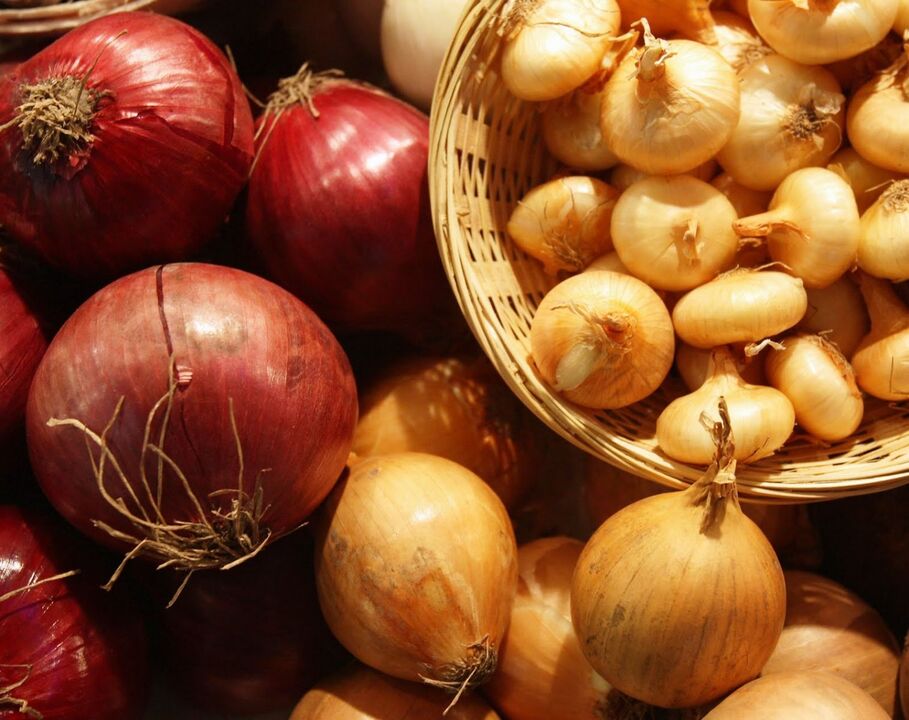
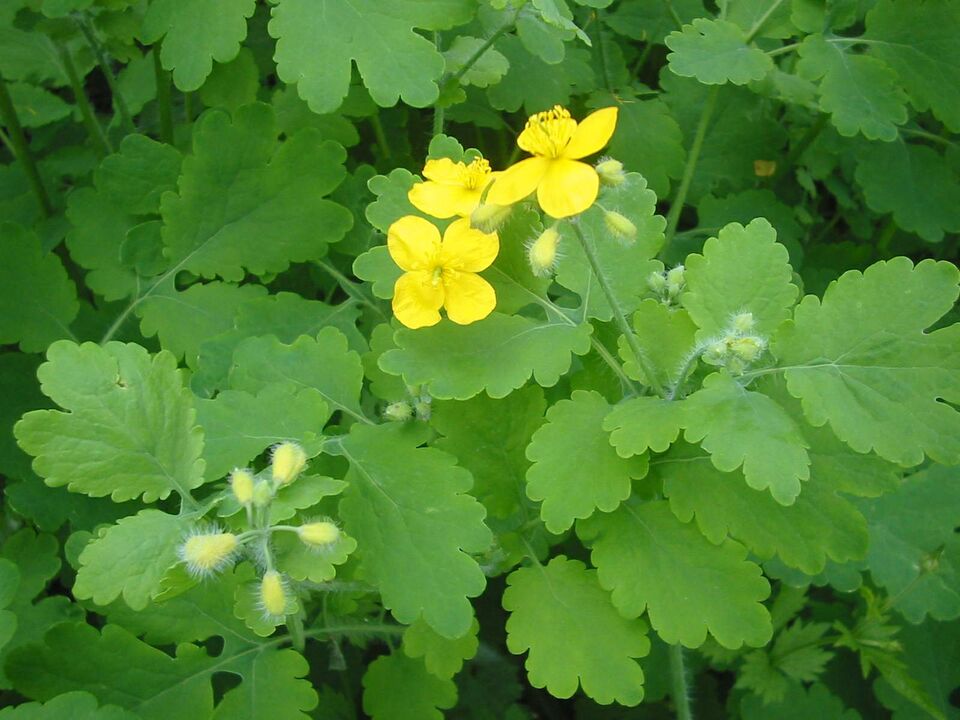
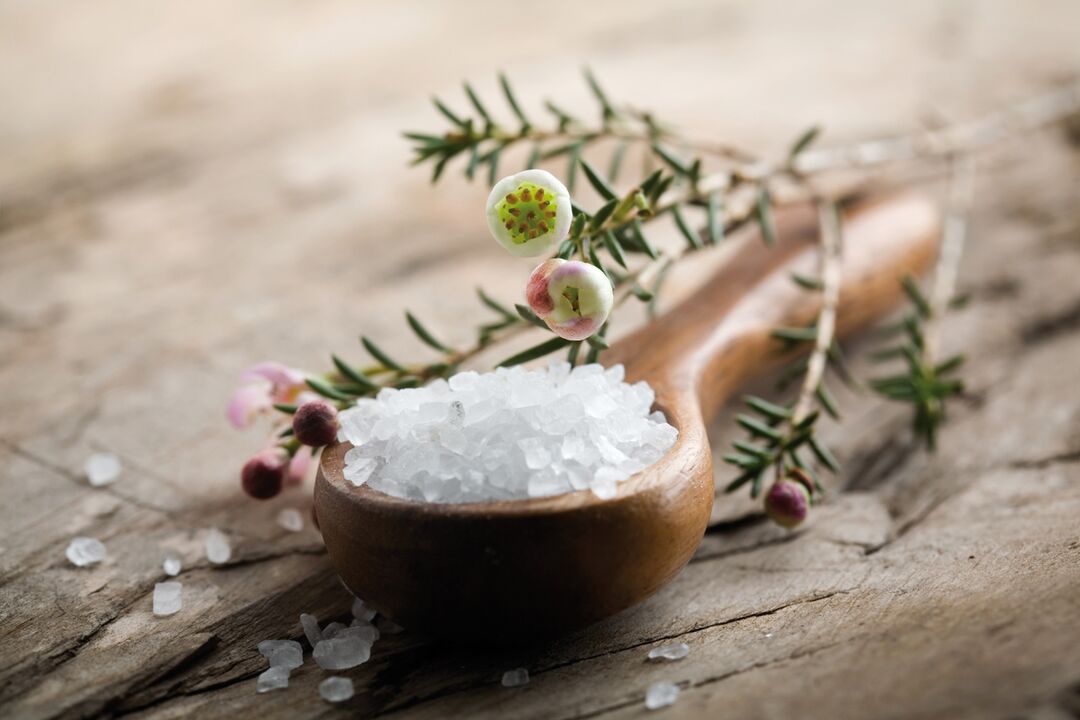


Prevention
For the procedures to have the desired effect, a series of requirements must be met:
- Wash your feet twice a day (in the morning and before bed) with tar soap. It provides not only disinfection, but also relieves discomfort in the early stages of the disease.
- Shoes should be washed not only outside, but also inside.
- Shoes should be treated periodically with antifungal medications.
- It is recommended to use footwear made with natural and breathable materials.
- Excessive sweating should be avoided by wearing shoes and socks appropriate for the season.
- You cannot visit beaches, saunas, swimming pools and baths during the period of illness.
- Under no circumstances should foreign hygiene products and footwear be used.
- You cannot walk in untrustworthy places without shoes or, in general, "guest" slippers.
- Socks should be changed at least twice a day.
- After a pedicure, it is necessary to thoroughly disinfect tools and equipment.

















